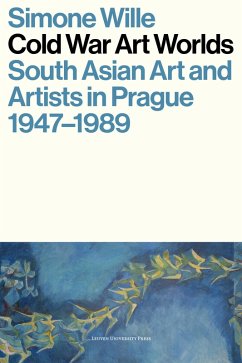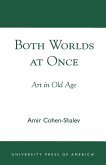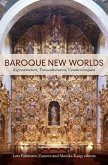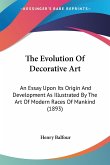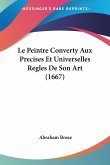Prague as a vital Cold War hub for South Asian artists. During the Cold War, the Central-European capital of Prague, alongside other locations in the polarised post-war world, emerged as a key site where an art world of particular importance for artists from South Asia developed. By emphasising cultural mobility as a catalyst for exchange and network building, this book challenges and complicates assumptions about Cold War binaries of East and West and the polarisation between so-called totalitarian regimes and free cultures. Positioning Prague as a nexus where South-Asian modernisms intersected with multiple peoples, histories, and ideologies in the post-World War II era, it offers a narrative of decolonisation that rejected rigid systemic alignment in favour of participation across blocs by prioritising migratory aesthetics over nationalist parochialism. Well-researched and rich in archival materials, this book proposes new ways of writing art histories and makes a significant contribution to both Cold War studies and critical global modernism studies.
Bitte wählen Sie Ihr Anliegen aus.
Rechnungen
Retourenschein anfordern
Bestellstatus
Storno

